The way that I’ve been doing levain builds recently has been addition by subtraction, a three stage build, started out more or less as such (for ex:):
stage 1- build 100g stiff levain using a miniscule # of grams of stiff starter. ~6-7 hours to show any life, then doubles in the next 2-3 hours.
stage 2 - discard ~50g, add 50g of new water and flour, same stiff levain. Takes 2.5 hours to double.
stage 3 - discard ~50g, add ~100g water and flour, same stiff levain. Takes 2.5 hours to more than double. And this is what I use.
The discarded build goop gets collected in a covered container and refrigerated. Each new discard is folded into the existing discard.
The process has since morphed into a two stage build taking some of the scrapings of the discard from the previous levain and using it as if it is my output from a 1st stage build. Then on to the 2nd and 3rd stages as described above.
dabownman “challenged” me to reuse the discard, and so I did. This levain is 300g of refrigerated discard with a baby boost of 100g of new feed. Mixed cold straight from the fridge 2 nights ago, turned once to distribute the ingredients, and then shoved back into cold storage for the night. Yesterday morning I retrieved it and let it come up to room temperature by placing it in a pan of warm water. It is still incredibly active – the top of the yellow sliver of post-it note was the level of the cold discard.
The height in the photo is after a mere hour and change.

As mentioned earlier, I’ve been trying to do something different with these bakes to “make it my own”, see my post on Semolina Batard for an explanation.
Ingredients are the same as in FWSY Field Blend #2, with the exception of using a stiff levain instead of a liquid levain and adding mere grams of extra water.
300 French folds later:

4th Letter Fold - my baby boy’s all grown up! Each of the 4 letter folds is 25 minutes apart.

25 more minutes of bench rest and then into the fridge for a bulk cool down. Total post-mix & fold bench time – just over 2 hours and significantly less than FWSY outlines for a bulk bench fermentation. After a protracted cool down, maybe 2-3 hours due to outside commitments, divide and shape. These are ~575g each.
This morning, once the oven was on for 45 minutes and Sylvia's steaming towel was steaming, I pulled the batards out of the fridge, scored them and loaded the oven deck. I also add another two cups of water into my lava rock pan. Did I hear someone utter “mega steam?”
Pre and Post-retard and after loading onto the oven peel:



475dF for 10 steaming minutes, then release the steam, rotate batards and bake for another 15 –17 minutes.
Now, these batards were quite close together on the oven peel, but you can see how they almost touched side walls once our friendly yeasts decided to give one last hurrah as they double-timed it toward their final death spiral. The proximity of the batards helps to insulate each other from the oven heat, which in the long run is not what we are aiming for. But it sure is gratifying to see these kids bloom.
Getting steamed, and steam is released and batards are rotated.
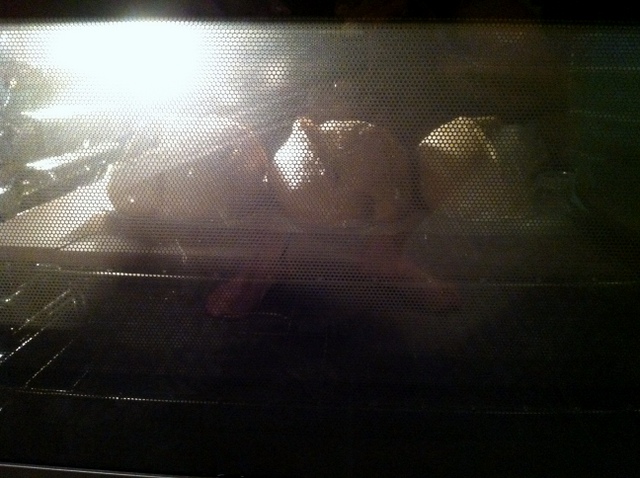
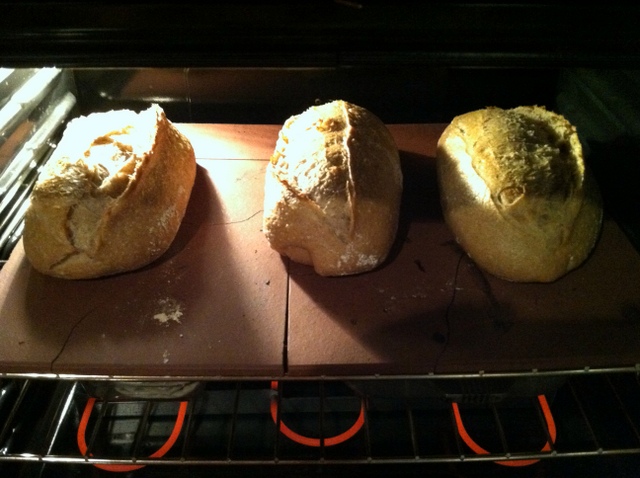
Although I’m comparing Ganny Smith apples to Fuji apples here, it does seem evident that my scoring and loading directly from the fridge to oven beats the pants off of the Country Blonde bake, where I had let the couched batards sit in a warm kitchen for a half hour prior to scoring and loading. These are both high hydration doughs and the scoring on that bake was hampered severely by the warmed surface of the dough, hence the oven spring also suffered. At least this it the theory I’m sticking with until I can be convinced otherwise.
The other proof of concept here is that the accumulated discard from multiple builds over a few weeks can be mighty potent and re-employed with really fine results.
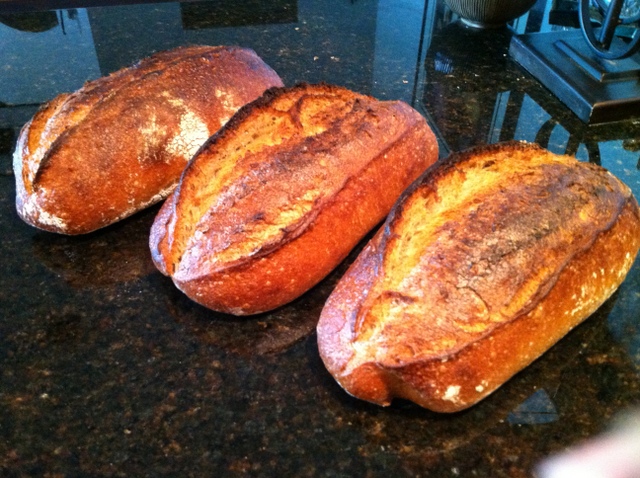

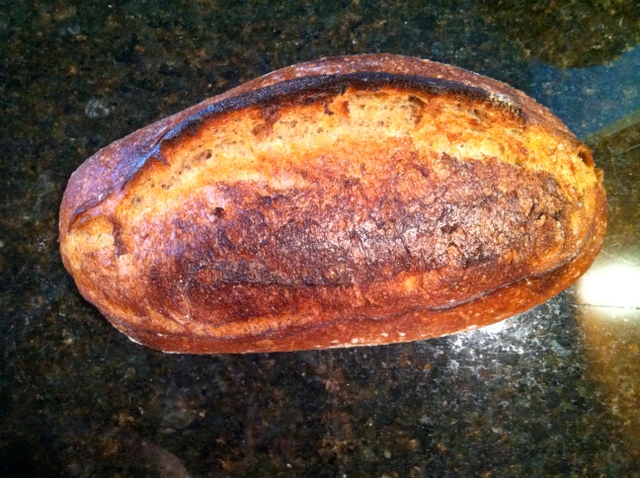
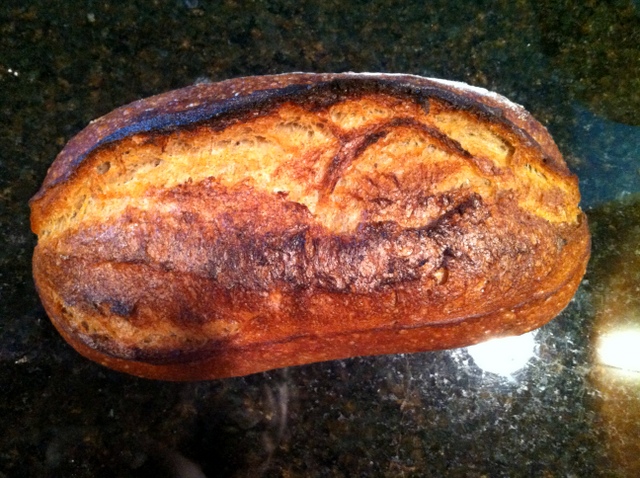
alan